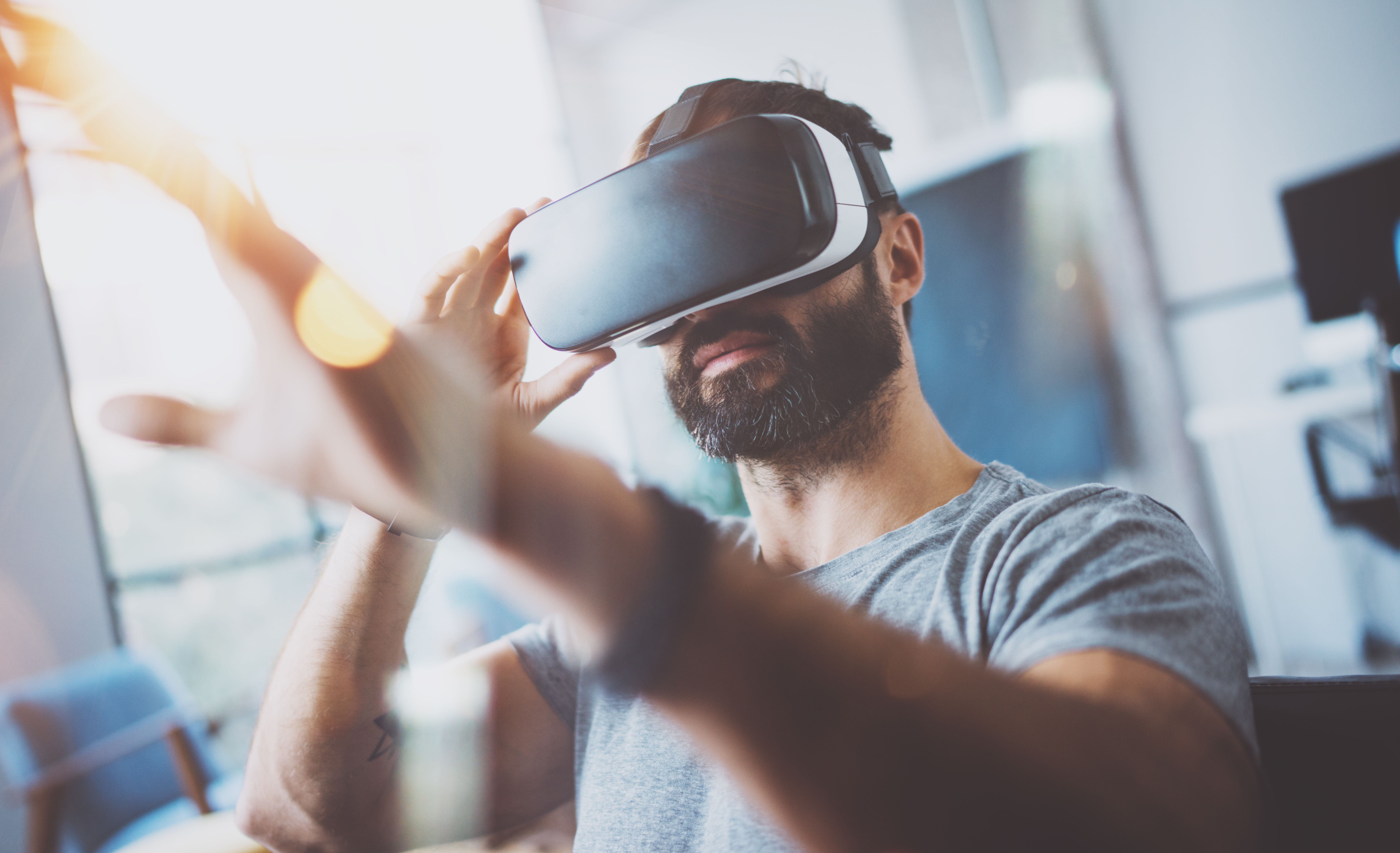- General Dermatology
- Eczema
- Alopecia
- Aesthetics
- Vitiligo
- COVID-19
- Actinic Keratosis
- Precision Medicine and Biologics
- Rare Disease
- Wound Care
- Rosacea
- Psoriasis
- Psoriatic Arthritis
- Atopic Dermatitis
- Melasma
- NP and PA
- Skin Cancer
- Hidradenitis Suppurativa
- Drug Watch
- Pigmentary Disorders
- Acne
- Pediatric Dermatology
- Practice Management
Use of Virtual Reality in Dermatology Education Deemed Technically Feasible and Useful for Learning
Researchers developed a VR scenario skin cancer screening involving technical realization, curricular integration, and an evaluation of the subjective learning experience and teaching concept.
In a recent study published in The Journal of the European Academy of Dermatology and Venereology, researchers explored the implementation of a virtual reality (VR) skin cancer screening scenario and its role in affecting the subjective competence of dermatology students.1 Researchers found that VR as a tool for dermatology education is technically feasible, useful as a curricular supplement, and achieves good learning outcomes.
In the advent of artificial intelligence and VR technologies, VR tools and simulations have been effectively utilized in the early stages of anatomy2 training and health care education, particularly in the training of surgeons in fields such as neurosurgery.3
With the potential advantages of VR taken into consideration, including the ability to generate hands-on scenarios on-demand, research groups in in Münster and Saarland, Germany, created a dermatological VR scenario. This scenario was created with the intention of teaching dermatology students to conduct skin cancer screenings on virtual patients.
Researchers began by developing teaching objectives for the project, namely the ability for students to perform a skin cancer screening involving the collection of a complete medical history, the conducting of a full-body examination, an assessment of pigmented lesions, and the classification of such lesions.
In 12 identical rooms, students engaged with a virtual patient in a dermatological practice, interacting through a dialogue menu to gather medical history, obtain examination consent, and trigger patient movements. They were able to magnify lesions using a dermatoscope and observe them on a flatscreen. Each student examined the same virtual patient, encountering pre-generated lesions, including melanomas and nevi.
The VR application was created using the Unity Game Engine, with characters and animations produced using motion tracking and diffusion models for generating realistic skin lesions. The scenario was integrated into the dermatological curriculum, where students underwent preparatory training and then independently performed virtual whole-body examinations, followed by debriefing sessions. Evaluation of the course included assessing students' experiences with the VR simulation's technical aspects and subjective learning experiences, utilizing various questionnaires and statistical analyses.
In total, 95 students completed the evaluation. Students involved in the study were representative of medical student demographics in Germany.
The evaluation of the VR simulation revealed varying levels of success in identifying melanomas among different cases. Case 2 (inguinal and back) was the easiest, with a high percentage of participants correctly identifying both melanomas. Case 4 (gluteal and armpit) proved to be the most challenging, particularly in identifying the armpit melanoma. In total, around three-quarters of students correctly identified at least one melanoma, with nearly two-thirds documenting all malignancy-specific abnormalities.
Participants rated the VR simulation moderately good, with a significant correlation observed between previous VR experience and usability rating. Participants generally perceived the VR simulation as realistic and immersive, with high ratings for realism of skin abnormalities, and students found VR to be a suitable teaching format, considering the learned content useful for the future.
The cognitive load was reported to be at a medium level, and cybersickness symptoms were generally mild, with headache and dizziness being the most common.
"At this point, dermatology offers an excellent opportunity to expand medical student training with this groundbreaking technology," according to Junga et al. "The largely visual clinical features, as well as the largely visual diagnostic methods, make dermatology an optimal field for educational VR scenarios."
References
- Junga A, Schmidle P, Pielage L, et al. New horizons in dermatological education: Skin cancer screening with virtual reality. J Eur Acad Dermatol Venereol. March 18, 2024. Accessed March 21, 2024. doi:10.1111/jdv.19960
- Petersson H, Sinkvist D, Wang C, Smedby O. Web-based interactive 3D visualization as a tool for improved anatomy learning. Anat Sci Educ. 2009; 2: 61–68. Accessed March 21, 2024.
- Mishra R, Narayanan MDK, Umana GE, Montemurro N, Chaurasia B, Deora H. Virtual reality in neurosurgery: beyond neurosurgical planning. Int J Environ Res Public Health. 2022; 19: 1719. Accessed March 21, 2024.

